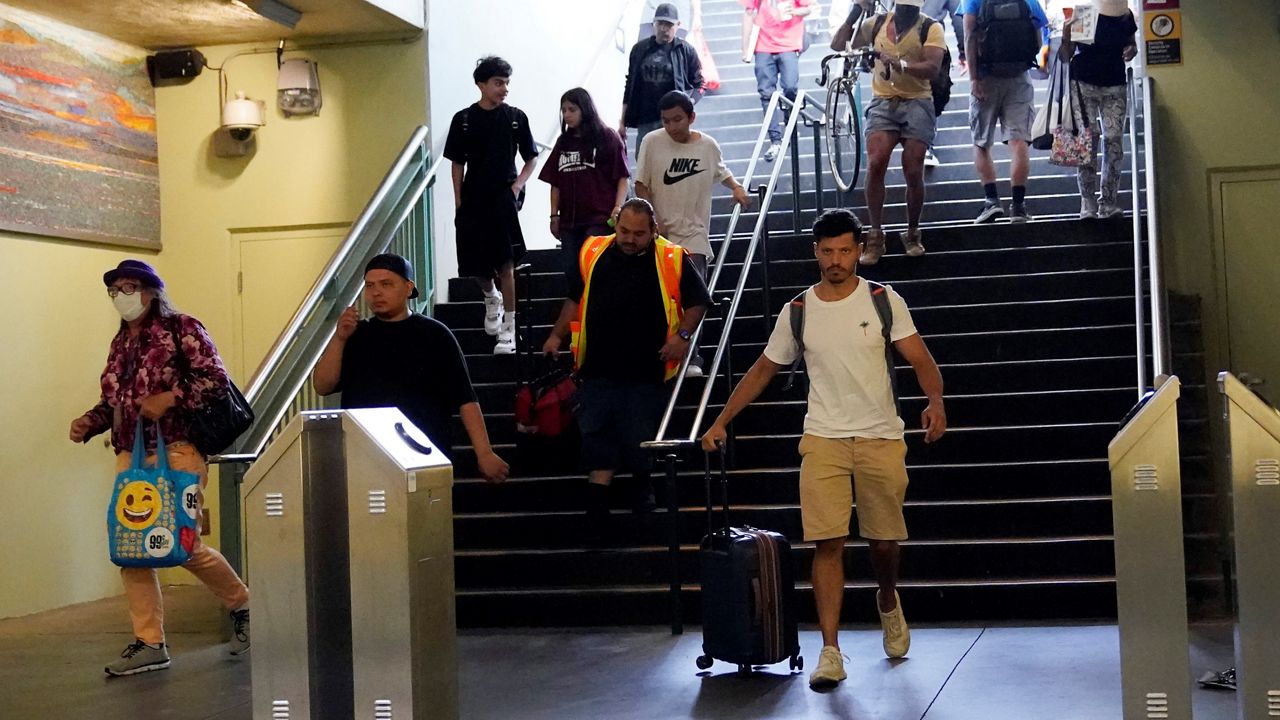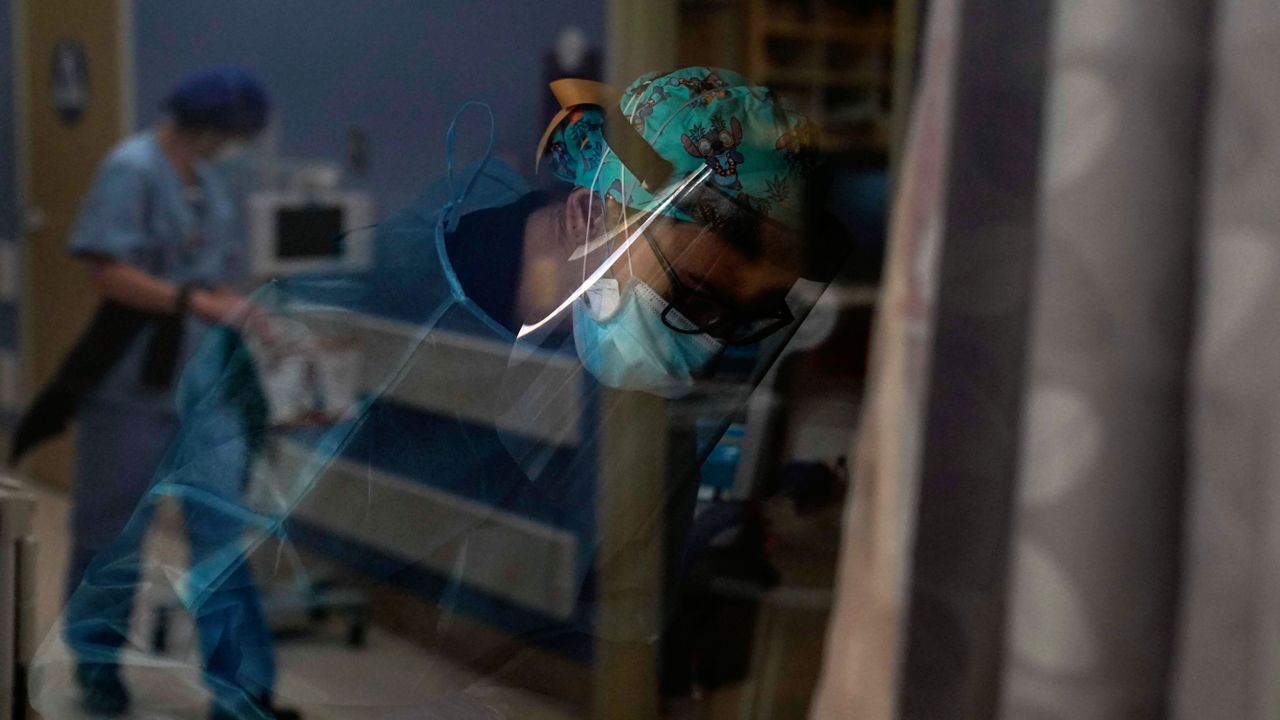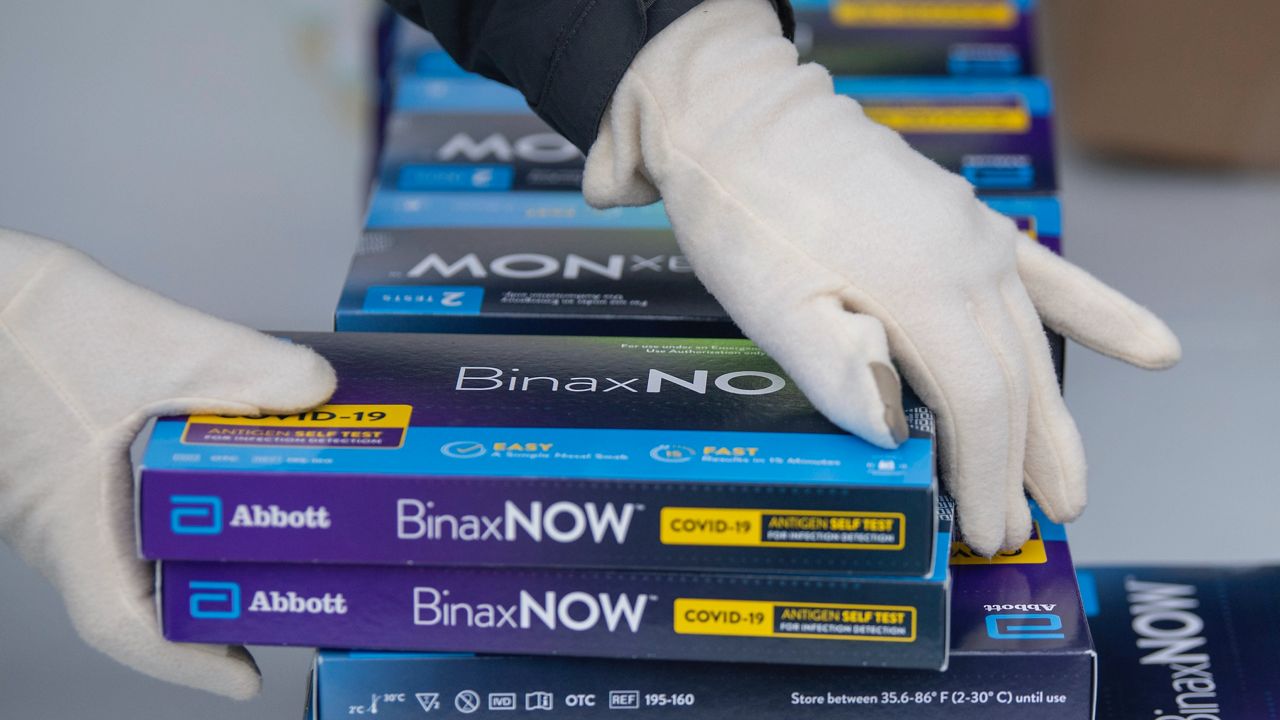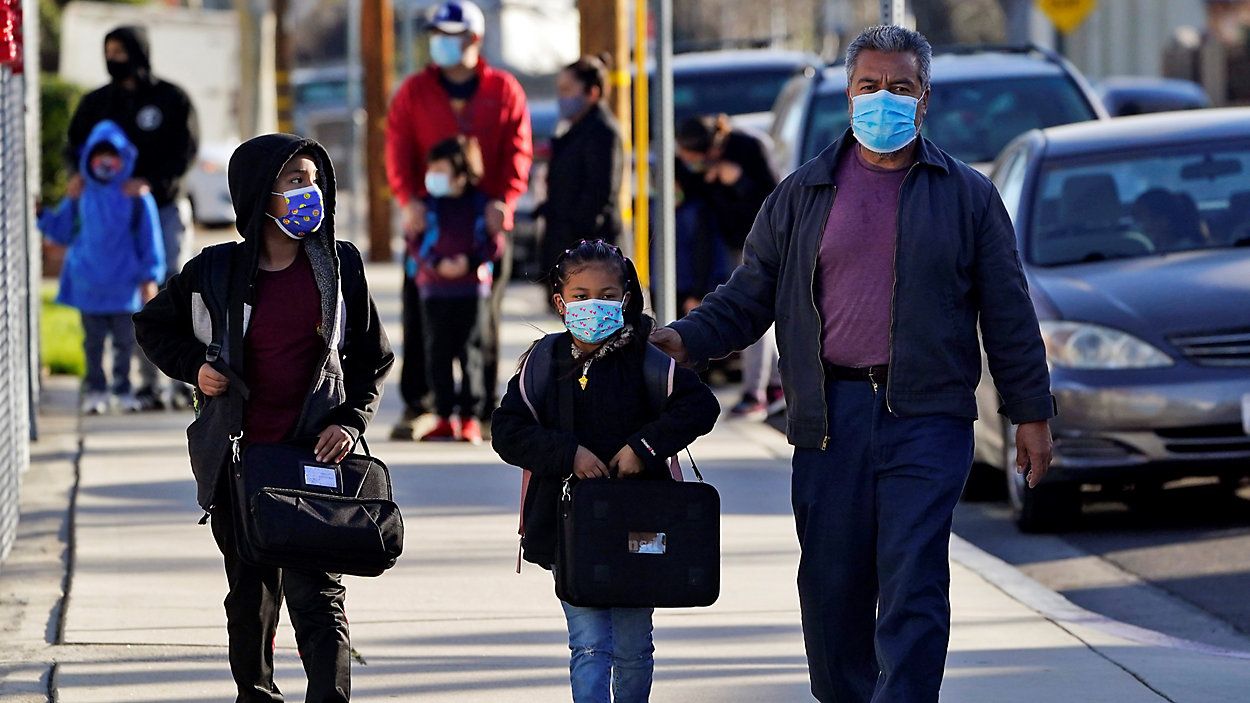LOS ANGELES (CNS) — With holiday weekend gatherings here — accompanied by a heat wave that will keep many people indoors — Los Angeles County's public health director is again preaching caution against the spread of COVID-19, despite falling local transmission rates.
The county on Thursday officially moved into the U.S. Centers for Disease Control and Prevention's "low" COVID-19 activity level, a result of the falling infection rate and continued slower pace of new virus-related hospital admissions.
What You Need To Know
- At some point next week, the county is expected to begin offering the newly approved COVID vaccine booster doses specifically engineered to combat the omicron varian
- The county anticipates receiving 170,000 doses of the new booster shots by the middle of next week
- The bivalent boosters were developed to generate an immune response from the original COVID-19 virus and BA.4 and BA.5 omicron subvariants
- The county reported another 2,705 new cases on Friday, raising the cumulative total from throughout the pandemic to 3,413,783
"As we all look forward to celebrating Labor Day and expressing our deep appreciation to the many hard-working people throughout our county, we face the twin challenges this holiday weekend of ongoing circulation of COVID, plus very high heat across most regions of L.A. County," Public Health Director Barbara Ferrer said in a statement. "With the extreme heat, it will make sense for many to move gatherings indoors. When gathering indoors, you can maximize ventilation by opening windows and doors, using air filters, and setting HVAC systems to maximize fresh air exchange. It is also advisable to wear a mask if gathering indoors with individuals whose COVID status is unknown."
The CDC moved Los Angeles County into the "low" category when the average rate of new COVID infections fell below the threshold of 200 per 100,000 residents. The official infection rate as of Thursday was about 193 new cases per 100,000 residents.
The county's hospitalization numbers also remained low, with the average daily rate of new virus-related admissions estimated at 9 per 100,000 residents — below the CDC's threshold of 10 per 100,000 residents.
Those statistics were good enough to move the county out of the "medium" activity category. The move has no practical effect for residents, since it will not trigger any changes in public health protocols, with most restrictions already lifted.
"Moving into the low community level reflects minimal stress on the hospital care system in LA County associated with COVID-19," Ferrer said during an online briefing Thursday. "However, viral transmission with a case rate of just below 200 is still high, as it represents about 2,600 new cases a day. Our hope is that we can continue to slow transmission so that we reach a weekly case rate of less than 100, which would drop that daily number of new cases to 1,400."
Ferrer has also noted that the official number of new cases reported each day is an undercount of actual virus activity in the county, since many people rely on at-home tests, the results of which are not reported to the county.
The county reported another 2,705 new cases on Friday, raising the cumulative total from throughout the pandemic to 3,413,783. Another 16 virus-related deaths were also reported, giving the county an overall death toll of 33,187.
The average daily rate of people testing positive for the virus was 7.8% as of Friday.
The county does not report COVID data on weekends.
According to state figures, there were 777 COVID-positive patients in county hospitals as of Saturday, down from 788 on Friday. Of those patients, 93 were being treated in intensive care, up slightly from 91 a day earlier.
Ferrer said this week the hospitalization numbers could be slightly off due to a glitch in the data-reporting system hospitals use to share COVID patient numbers with the state.
Health officials have said roughly 43% of COVID-positive hospital patients were actually admitted for virus-related illness, while the others were admitted for other reasons, with some only learning they were infected when they were tested at the hospital.
At some point next week, the county is expected to begin offering the newly approved COVID vaccine booster doses specifically engineered to combat the omicron variant. The county anticipates receiving 170,000 doses of the new booster shots by the middle of next week, Ferrer has said.
The bivalent boosters were developed to generate an immune response from the original COVID-19 virus and BA.4 and BA.5 omicron subvariants. A Pfizer/BioNTech booster is for those age 12 and over, while a Moderna bivalent booster is for those age 18 and older.
"Most Californians are now eligible for an updated Moderna or Pfizer-BioNTech booster and will be able to strengthen their protection against COVID-19 as we head into the fall and winter seasons," California Health & Human Services Agency Secretary Dr. Mark Ghaly and state Public Health Director Dr. Tomás J. Aragón said in a joint statement issued Saturday.
"These boosters are bivalent, which means they are pulling double duty by increasing immunity against the original coronavirus strain while also protecting against the newer omicron variants threatening Californians," the statement continued. "Because protection from infection can decrease over time, the updated boosters are a safe way to maintain protection and reduce the most severe outcomes of COVID-19, such as hospitalization, long COVID, and death."









